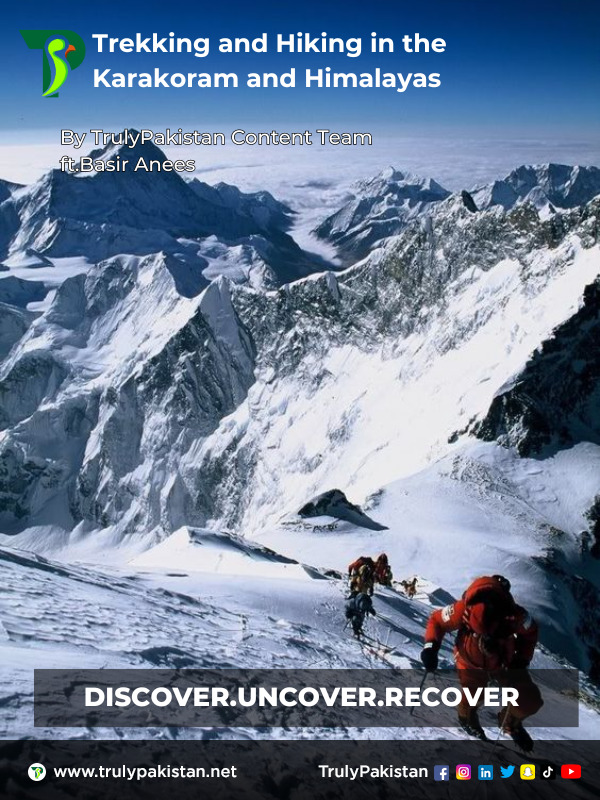1. Karakoram Range:
a. Majestic Peaks:
The Karakoram Range, boasting some of the world’s highest peaks, including K2, provides a challenging yet immensely rewarding trekking experience. The mesmerizing landscapes encompass glaciers, deep valleys, and breathtaking vistas that captivate trekkers at every turn.
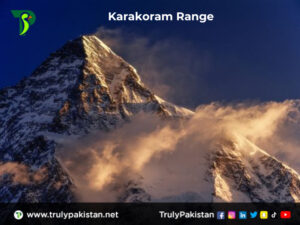

b. K2 Base Camp Trek:
The K2 Base Camp trek is a legendary journey that takes adventurers through the heart of the Karakoram. Navigating through the Baltoro Glacier, trekkers are surrounded by the towering spires of Trango Towers and Cathedral Spires, creating an otherworldly atmosphere.


2. Himalayan Range:
a. Everest Base Camp Trek:
Nestled in the heart of the Himalayas, the Everest Base Camp trek is an iconic adventure that attracts trekkers from around the globe. The trail winds through charming Sherpa villages, and dense rhododendron forests, and opens up to reveal the iconic Everest, the world’s highest peak.
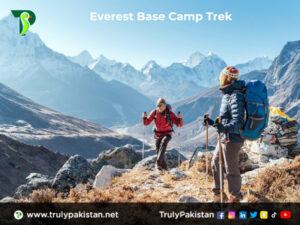

b. Annapurna Circuit:
The Annapurna Circuit, a classic trek in the Himalayas, circumnavigates the Annapurna Massif, offering diverse landscapes from terraced fields to alpine meadows. Trekkers are treated to panoramic views of Annapurna, Dhaulagiri, and Machapuchare, creating a visual feast.
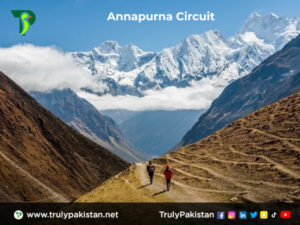

3. Unique Challenges:
a. High Altitude:
Both the Karakoram and Himalayas present the challenge of high altitude. Trekkers must acclimatise properly to mitigate the risks associated with altitude sickness, making gradual ascents and strategic rest days essential components of any trekking itinerary.
b. Unpredictable Weather:
The mountainous terrain brings unpredictable weather conditions. Trekkers must be prepared for sudden changes, from clear blue skies to swirling snowstorms, emphasizing the need for adaptable gear and a keen understanding of local weather patterns.
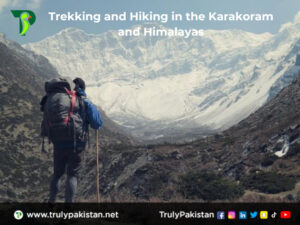

4. Cultural Immersion:
a. Local Communities:
Trekking in these regions offers more than just a physical challenge; it provides a unique opportunity for cultural immersion. Interacting with local communities, including the hospitable Sherpas in the Himalayas and the warm-hearted Balti people in the Karakoram, adds a cultural richness to the trekking experience.
b. Teahouse Treks:
Teahouse treks, prevalent in the Himalayas, allow trekkers to stay in local lodges, providing a chance to experience the warmth of Nepali and Tibetan hospitality. These interactions create a deeper connection with the landscapes and the people who call these majestic ranges home.
5. Environmental Stewardship:
a. Leave No Trace Principles:
Responsible trekking involves adhering to Leave No Trace principles and minimizing the impact on the fragile ecosystems of these mountainous regions. Trekkers are encouraged to carry out all waste, respect wildlife habitats, and tread lightly on the pristine landscapes.
b. Supporting Local Economies:
Choosing local guides and porters not only enhances the safety of the trek but also contributes directly to the economies of the surrounding communities. Sustainable trekking practices prioritize the well-being of both the environment and the local residents.
In conclusion, trekking and hiking in the Karakoram and Himalayas represent a profound journey into the heart of natural splendor and cultural diversity. Beyond the physical challenges, these treks offer a spiritual communion with some of the world’s most breathtaking landscapes, making each step a testament to the indomitable human spirit and the enduring allure of these majestic mountain ranges.

